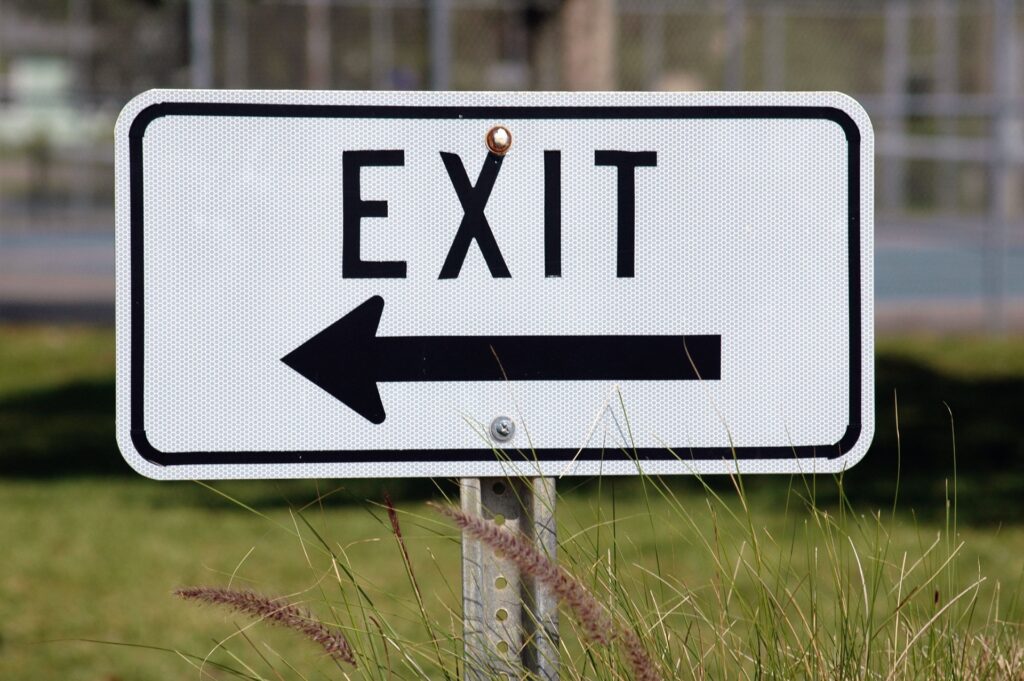
You know the guidelines by now: Wear a mask, stay six feet apart, and wash your hands. And you’ve probably mastered grocery shopping and working from home, too. Although no one knows when things will go back to normal, we can start to picture what that new normal will look like. It will probably include lots of extra precautions—even when it’s safe to resume event planning and hosting. Your attendees will be worried about this for a while, and it’s your responsibility to ease their minds and reduce contact during in-person events for the foreseeable future.
Of course, there’s no one way to reduce contact during in-person events. (Except for cancelling your event, that is!) There are, however, ways to keep guests safer during an event. We’ve come up with seven different ideas that will help you reduce unwanted contact. To be the most effective, implement a few of these measures at once, including any of your own.
Bonus Tip: Don’t forget to post all of the measures you’re taking on your website and in your invitations!
As always, encourage masks as often as possible and have back-ups in case someone’s rips. And check your local and state requirements for events and gatherings. The priority is safety, and if it’s not safe for you to host an event—don’t host one!
1. Established Exit and Enter Doors

At any event, doorways can get crowded and congested. While some people want to leave, others are just coming in. It’s hard to avoid close contact in those situations, especially if everyone is using the same doorway. Whenever possible, establish a specific door or doorway for attendees who are entering, and choose different doors for exiting guests. That way, traffic is always going in one direction. Guests walking in can wait for the people ahead of them to enter, and then enter themselves without any contact. The same applies for exiting, too.
Clear signage will be important to keep the guests flowing in just a single direction. If you are able, post an employee or volunteer near the doors to help confused guests—just be sure they’re far enough away, so guests don’t have to get too close to them to enter.
2. One-Way Traffic
Whether your venue has hallways, a reception area, or anything in between, create as much one-way traffic as possible. If your venue is large with multiple hallways, establish what hallways “go” in which direction—much like the enter and exit doors. But if your venue isn’t that spacious, put tape down the middle of the hallways, so that attendees have to stay to one side when walking. This won’t completely reduce contact during in-person events, but it will limit close contact. It also prevents guests from stopping suddenly, turning around, and other normal behaviors that can cause unwanted contact.
3. Host it Outside

Being outside doesn’t just lower the risk of spreading germs—it can give you more room to spread out, too. Generally speaking, outdoor venues can offer more space than indoor venues, which means guests can stay apart without worry. Of course, guests should still wear masks and wash their hands regularly. But gathering outside with room to spread out is a great way to reduce contact at in-person events.
Even if only part of your event is inside, you will significantly reduce the number of people inside at the same time. If there is an outdoor component to your event, there will always be some guests outside—which means they aren’t adding to the crowd inside! Plus, all the one-way traffic you established will mitigate those individuals who are inside at the same time.
4. Single-Stall Bathrooms
Bathrooms are another place where guests frequently gather—especially in multi-stall bathrooms. So reduce the gathering potential with single-stall bathrooms! Single-stall bathrooms eliminate in-person contact in that area and are easier to clean. Of course, you can’t remodel a venue’s bathroom to be single stall, but you can look for venues that have that offering.
Bonus Tip: Tape lines on the floor that are 6 feet apart so guests know where to stand while waiting for the bathroom.
We also recommend cleaning the bathroom after every use or as frequently as possible. If you can’t clean the bathroom after every use, clean it every 30 minutes and post a cleaning chart on the door for the guests to see. As you already know, the more frequently you can clean it—the better!
5. Serve Plated Food

If you plan to serve any food at all, that is! Of course, there are independent benefits to serving plated food—especially at a formal event. But it’s also a safe way to minimize contact. Although buffet stations may be more affordable, they also encourage crowding and increase the risk of food contamination. So, instead, serve everyone’s food while they are safely seated.
This applies to appetizers and cocktail hour, too! Don’t let guest wander around and pick up food with toothpicks or tiny forks. Instead, plate up a variety of appetizers and/or desserts for each attendee. Once they are sitting, you can deliver the plate to them. Or, you can organize a socially distanced food line for guests to wait in for their “order.”
6. Assign Seating
Whatever event you’re hosting, you may have groups of guests arriving together. Maybe they’re from the same family or office, or maybe they’re just good friends. Either way, they aren’t worried about coming in contact with each other. That means you’ll be able to sit them together at the same table, or next to each other in the same row.
By assigning seating, you’ll be able to control who sits where, and make sure that nobody is too close to a stranger. When guests register or RSVP, ask them how many people are in their party, and what their names are, too. That way, you can coordinate seating ahead of time.

If you’re hosting an event with table-style seating, place the tables more than six feet apart, so guests have room to get up and walk to the bathroom without being too close. Or if your event has an audience-style seating, place the chair clumps more than six feet apart. Once again, you want to account for guests who get out of their chairs, too, not just when they’re sitting down.
7. Reduce the Headcount
One of the easiest ways to reduce contact during in-person events is to reduce the number of people a guest could come in contact with! Maybe in days of old, you had hundreds of attendees at your events. But for now, those days are gone. Instead of casting a wide net for your audience, consider this as an opportunity to get to know your clients, customers, or comrades in a more intimate way.
Bonus Tip: Always check your city and state laws before hosting an event.
Start by narrowing down your ideal guest. Ask yourself: Who is my most important client? What customers do you want to know better? What comrades live nearby? Reducing your headcount can open new connections for you or your company. Plus, it gives the attendees a more personal experience that will help them engage better with you and your message.
Conclusion

The landscape of events has drastically changed, and will continue to morph, even once there is a vaccine for the virus. It’s important to start planning for new ways to reduce contact during in-person events, to keep everyone safe when in-person events are allowed again. If you’re planning an event sooner rather than later, follow social distancing guidelines and CDC recommendations, and always check your city or state laws before inviting anyone.
What are other ways to remain distanced at an in-person event? Which ones on this list will you implement?

